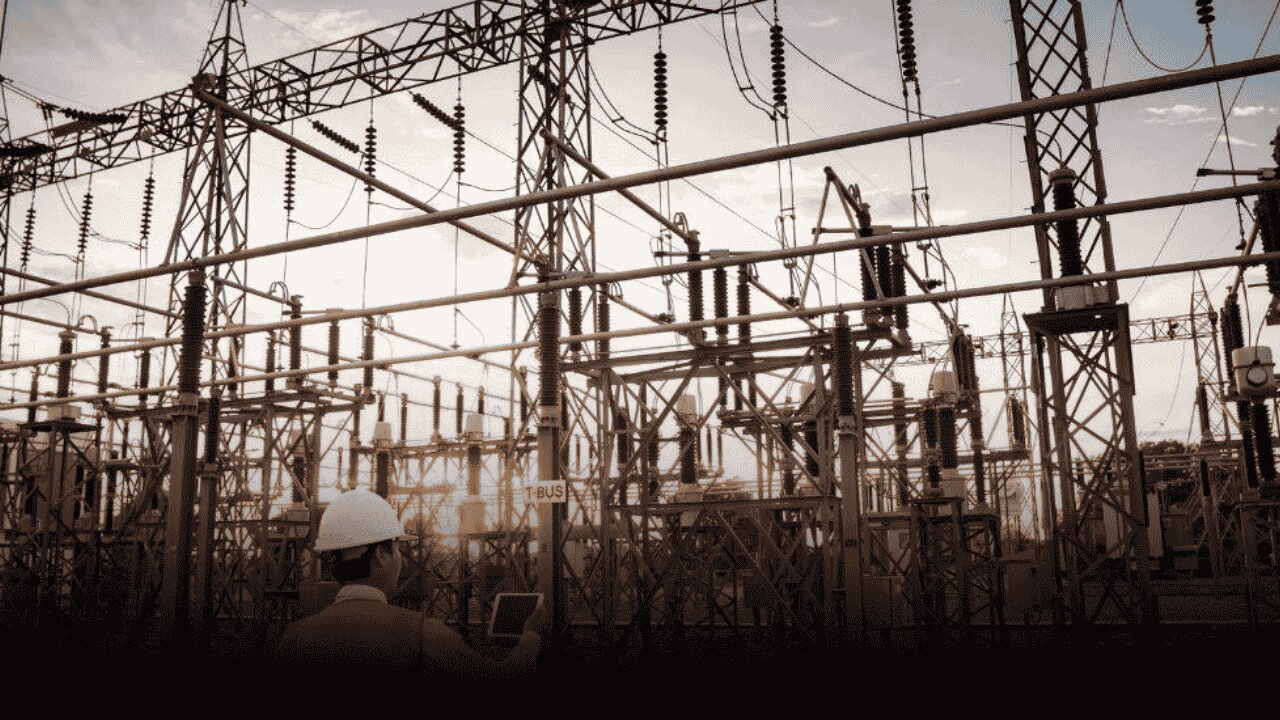By Ayesha Saba
Pakistan’s textile industry has once again proven to be the country’s economic backbone.
Despite a drop in overall exports, the textile sector managed to post steady growth in the first quarter of fiscal year 2025–26, reinforcing its role as the nation’s top export earner.
Textiles Drive Export Growth Despite National Decline
According to the Pakistan Textile Council’s (PTC) Q1FY26 report, Pakistan’s total exports reached $7.62 billion between July and September 2025 — down 3.4 percent from $7.89 billion in the same period last year.
However, textile and apparel exports rose 5.7 percent, climbing to $4.79 billion from $4.53 billion a year earlier. This means the textile sector made up nearly 63 percent of the country’s total export earnings.
In September 2025, total exports stood at $2.5 billion, showing an 11 percent year-on-year decrease from $2.81 billion in September 2024. Yet, on a monthly basis, exports inched up 3.3 percent, reflecting slight improvement over August.
Textile Exports Show Resilience Amid Global Slowdown
Textile and apparel exports totaled $1.58 billion in September 2025, down 2 percent from $1.61 billion in September 2024. Still, they grew 3 percent month-on-month, proving that the industry remains stable despite weaker international demand.
The PTC data show how textile exports have moved in recent years — $4.47 billion in Q1 2021–22, $4.66 billion in 2022–23, dropping to $4.14 billion in 2023–24, before rebounding to $4.53 billion in 2024–25 and now reaching $4.79 billion this year.
Much of this recovery came from higher-value categories like knitwear, garments, and home textiles.
Traditional Textile Segments Still Under Pressure
Despite this progress, traditional cotton-based and semi-processed exports continue to struggle. The report pointed to high energy prices and uncompetitive wages as major hurdles for exporters trying to stay competitive with regional rivals such as Bangladesh and Vietnam.
The Pakistan Textile Council stressed that ensuring regionally competitive power tariffs and simplified tax structures is key to maintaining growth.
Export Markets Remain Concentrated
The report also found that Pakistan’s export reach remains narrowly focused. The European Union, United States, and United Kingdom remain the country’s main markets, accounting for more than 70 percent of total textile export earnings.
The EU imported $1.91 billion, the US $1.31 billion, and the UK $459 million worth of Pakistani textile goods during Q1 FY26.
A Call for Long-Term Industrial Stability
To build a stronger export base, the Council recommended a five-year industrial and export policy that provides predictable pricing, aligned wage structures, and greater access to financing through initiatives like the Export Finance Scheme (EFS) and Long-Term Financing Facility (LTFF).
The report added that while Pakistan’s value-added textile sector has performed strongly, the cotton and raw textile segments still face deep structural issues.
Addressing these problems, it said, is essential if the country hopes to realize the full potential of its largest export industry.
Author Profile
-
Ayesha Saba is an economic journalist advocating for Pakistan's shift from unstable farming to high-value sectors.
Her sharp analysis of the central bank's report spotlights tourism and technology as vital engines for job creation and resilience, urging urgent policy pivots toward a **diverse and sustainable future.





